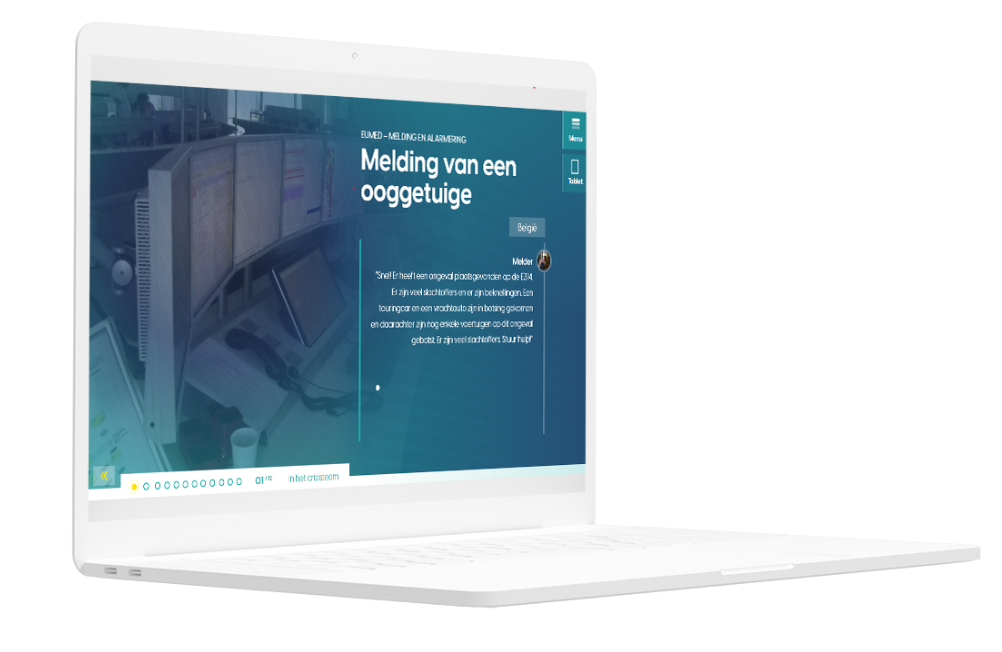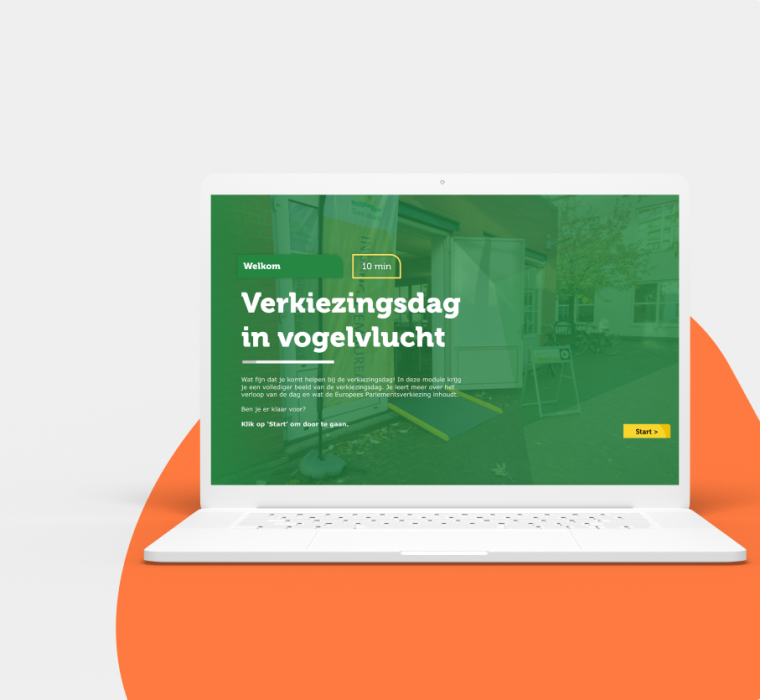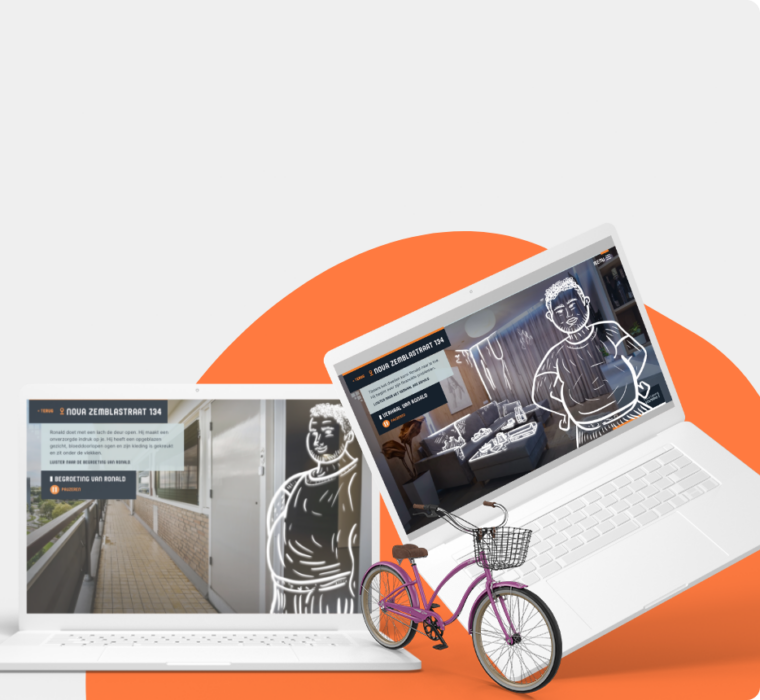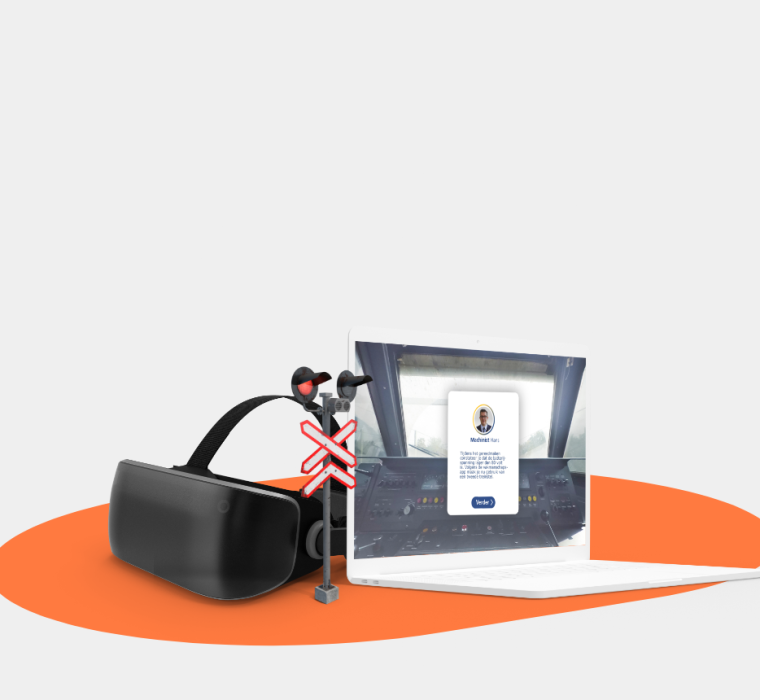Interactive, multilingual modules for diverse audiences
Using e-learning to learn about foreign colleagues, with learning content tailored to different audiences and available in different languages. With that question from EMRIC, we went to work. EMRIC organizes the cooperation between Belgian, German and Dutch emergency services, for fast and adequate assistance during (cross-border) crises in the border region. This collaboration requires sufficient knowledge about each other. After all, each country has its own systems and laws, which may affect your work. So we developed a package of four e-learnings in which participants learn about the differences and similarities in emergency response rules, crisis communication, conducting a risk assessment and risk communication.
E-learning with individual learning pathways for each target group
The target audience for the modules is very diverse. On the one hand because different emergency services (fire and ambulance) are involved, on the other hand because different roles and responsibilities can be distinguished within each emergency service. It is up to us to tailor the module content accordingly. Now, different information is relevant to an employee in the emergency room than to someone providing assistance in the field. We have therefore set up several learning pathways. Participants choose their role at the beginning of the module and thus are offered only the information relevant to their role.
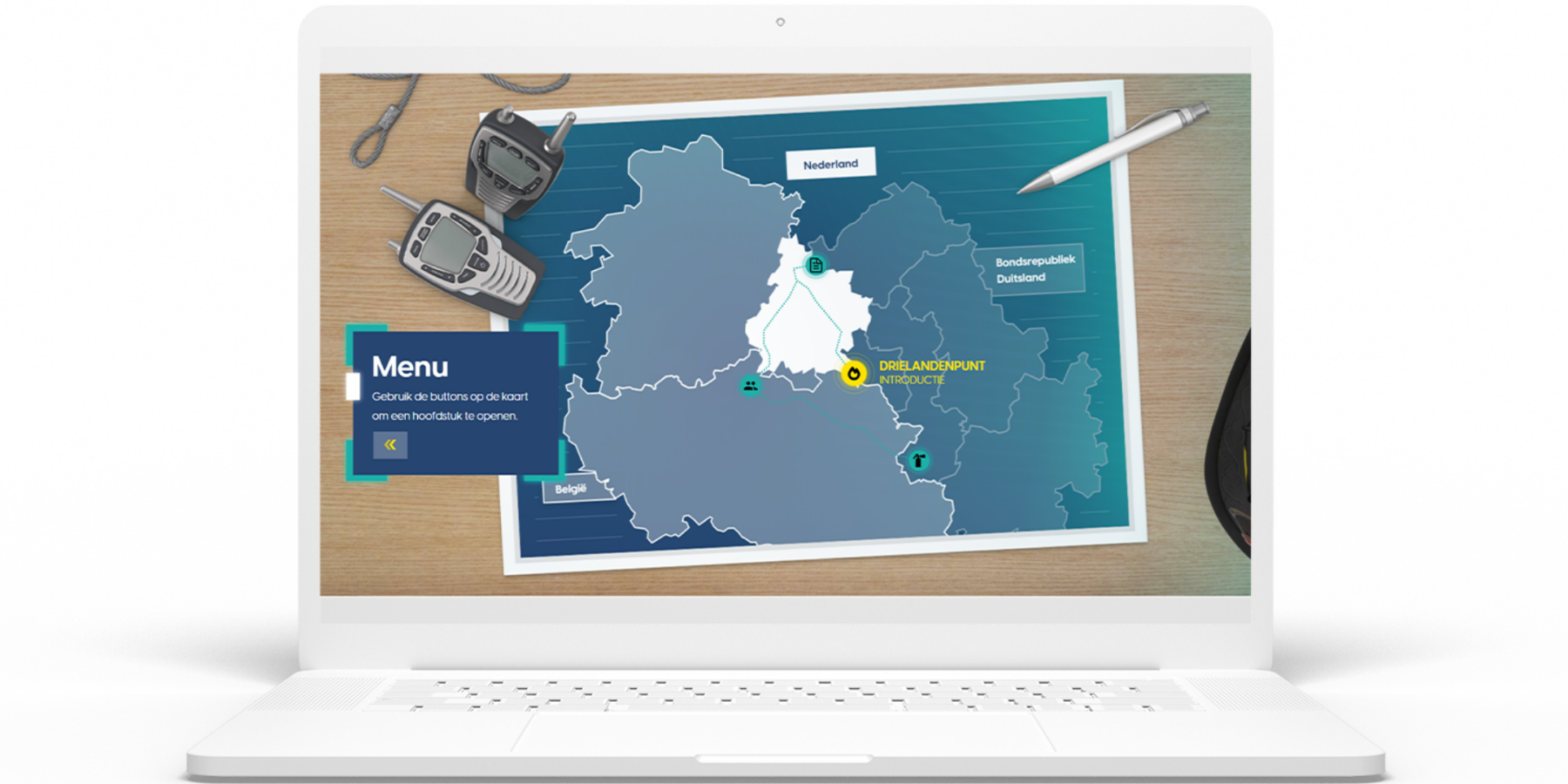
E-learning translated into three languages
The modules for EMRIC were developed in German, French and Dutch to make them available to emergency services in the three countries of EMRIC cooperation. As many real-life examples and scenarios as possible were included in the module to provide experience and recognizable context. Each module has its own learning concept, with the design based on EMRIC’s corporate identity. This makes the series of modules varied, while still having a recognizable, uniform style.

